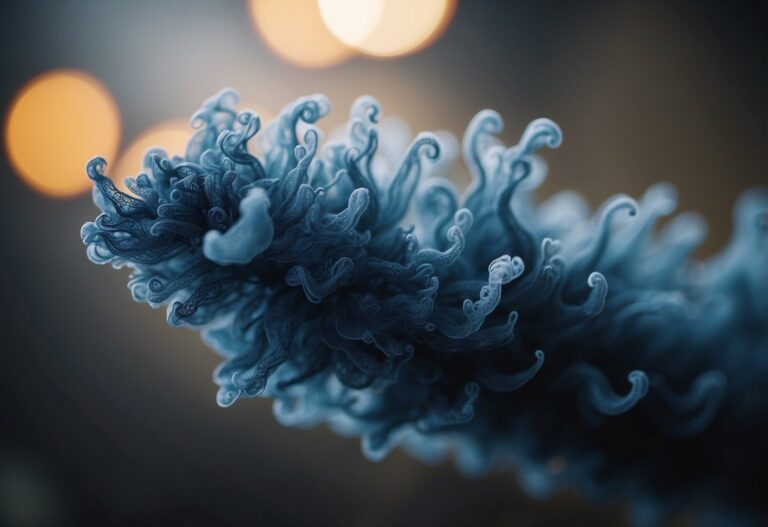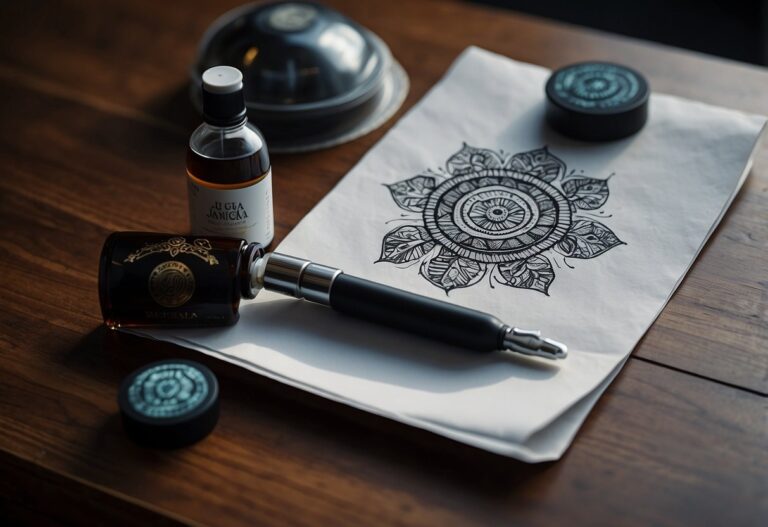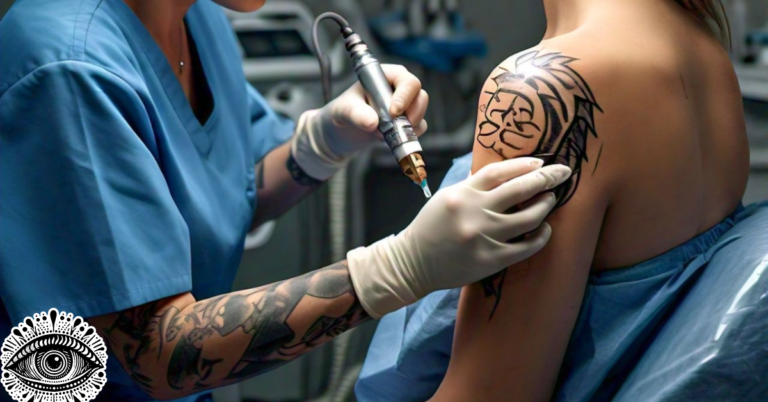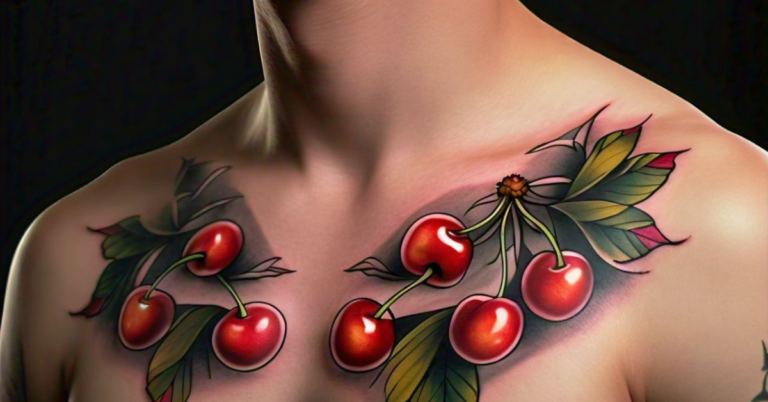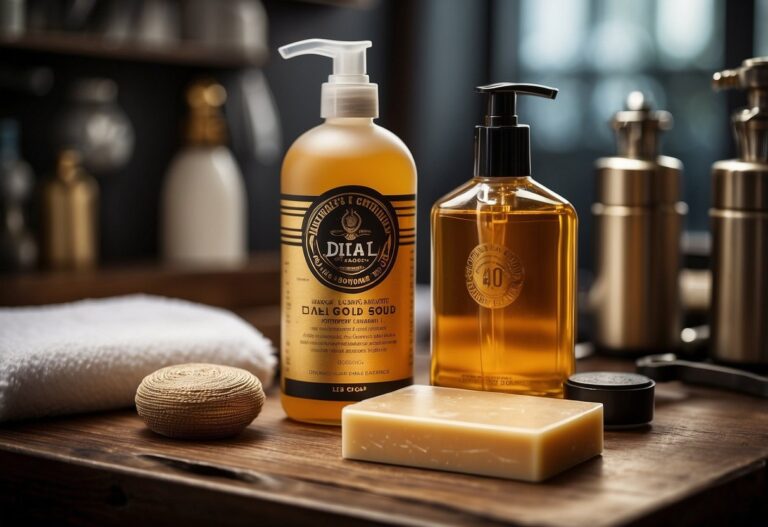How to Dispose of Tattoo Needles: Safe Practices and Tips
Disposing of tattoo needles safely is crucial for maintaining health and safety in your tattooing practice. When you finish a tattoo session, placing the used needle directly into a puncture-resistant container ensures that no one will be accidentally injured or exposed to infections. Improper disposal can harm sanitation workers, the environment, and even you.
Tattoo needles, also known as ‘sharps,’ come with their own set of rules for disposal due to their potential to cause injury and spread diseases. Whether you’re a tattoo artist or just someone who does tattooing at home, knowing the correct steps to dispose of these sharps is important. This knowledge not only keeps everyone safe but also helps you stay compliant with local regulations.
From using sharps containers to understanding the laws and guidelines, this guide will walk you through everything you need to know to dispose of your tattoo needles safely and effectively. You’ll find that it’s easier than you think once you know the proper steps!
Key Takeaways
- Always place used needles in a puncture-resistant container.
- Understanding safe disposal practices protects health and ensures compliance.
- Properly dispose of tattoo needles to prevent injuries and infections.
Understanding Tattoo Needle Disposal
Proper tattoo needle disposal is crucial for preventing infections, protecting health, and minimizing environmental impact. Let’s look at why it’s important and how to identify and handle different types of waste.
Why Proper Disposal Matters
Tattoo needles can carry bloodborne pathogens like HIV and hepatitis, posing serious health risks. Improper disposal can result in needle sticks, endangering both sanitation workers and the public. By disposing of needles correctly, you prevent the spread of infections and ensure hygiene standards are maintained.
Unattended needles can lead to severe health risks, not only through direct contact but also through improper waste management. Protecting the environment is another major reason. Correct disposal helps reduce biohazardous waste, preventing it from contaminating landfills and water sources.
Improper disposal can lead to hefty fines and legal issues, making it essential to follow proper disposal methods.
Types of Waste
Tattooing generates several types of waste:
- Sharps: Needles, razors, and any other objects capable of puncturing or cutting skin.
- Medical waste: Items in contact with bodily fluids, like gloves and gauze.
- Hazardous waste: Leftover ink and other potentially toxic materials.
Keeping these waste types separated is essential for safe disposal. Each waste type has specific handling guidelines to avoid cross-contamination. For instance, sharps should go into designated sharps containers, while medical waste might need special biohazard bags.
Using proper disposal containers not only ensures safety but also compliance with health regulations.
Identifying Sharps and Hazardous Waste
Sharps include items like tattoo needles, which are designed to puncture the skin. They pose a high risk of spreading infections if handled improperly. Always place used needles in a puncture-resistant sharps container directly after use.
Hazardous waste involves potentially harmful substances like leftover ink and disposables used during the tattoo process. These materials might be hazardous due to their composition or contamination with blood.
Distinguishing between sharps and other hazardous waste is key. Sharps should go into one type of container, while other hazardous items may need separate disposal methods. This helps ensure efficient and safe handling of all materials.
Proper Disposal Techniques
When dealing with tattoo needles, it’s crucial to ensure proper disposal for safety and environmental reasons. Let’s dive into the essential techniques and guidelines for disposing of tattoo needles.
Sharps Disposal Containers
Using a sharps disposal container is the safest and most effective method to dispose of used tattoo needles. These containers are puncture-resistant, ensuring that needles cannot escape and cause injuries.
- Features: These containers often have heavy-duty plastic walls and a tight-sealing lid to prevent spills.
- Usage: Always place needles directly into the container, never try to recap or remove them manually.
- Where to get them: You can purchase these containers at medical supply stores, pharmacies, or through online retailers.
Step-by-Step Disposal Process
Follow these steps to safely dispose of tattoo needles:
- Preparation: After completing the tattoo, remove the needle from the tattoo machine carefully.
- Safe Handling: Wear gloves to avoid direct contact and potential infection.
- Disposal: Place the used needle immediately into a puncture-resistant container.
- Sealing: Once the container is full, seal it tightly.
- Transporting: Take the sealed container to a designated disposal site, like a hospital or specific drop-off point.
Remember, mixing sharps waste with regular trash poses serious safety risks.
Legal Considerations and Compliance
Disposing of tattoo needles isn’t just about safety; there are legal requirements to follow:
- Local Regulations: Check with local authorities for hazardous waste disposal guidelines.
- Penalties: Improper disposal can result in fines or other legal consequences.
- Standards: Compliance with regulations helps prevent the spread of infectious diseases and protects the community.
Both the FDA and local regulations have strict rules for medical waste disposal.
Disposal Services and Support
If managing needle disposal on your own seems daunting, consider employing professional medical waste disposal services:
- Services Offered: These companies provide sharps containers, pick-up services, and proper disposal.
- Convenience: Regular pick-ups can simplify your disposal process.
- Support: Many companies offer educational resources and support to ensure compliance with all regulations.
Choosing a reputable disposal service ensures needles are handled responsibly, maintaining environmental responsibility and public safety.


